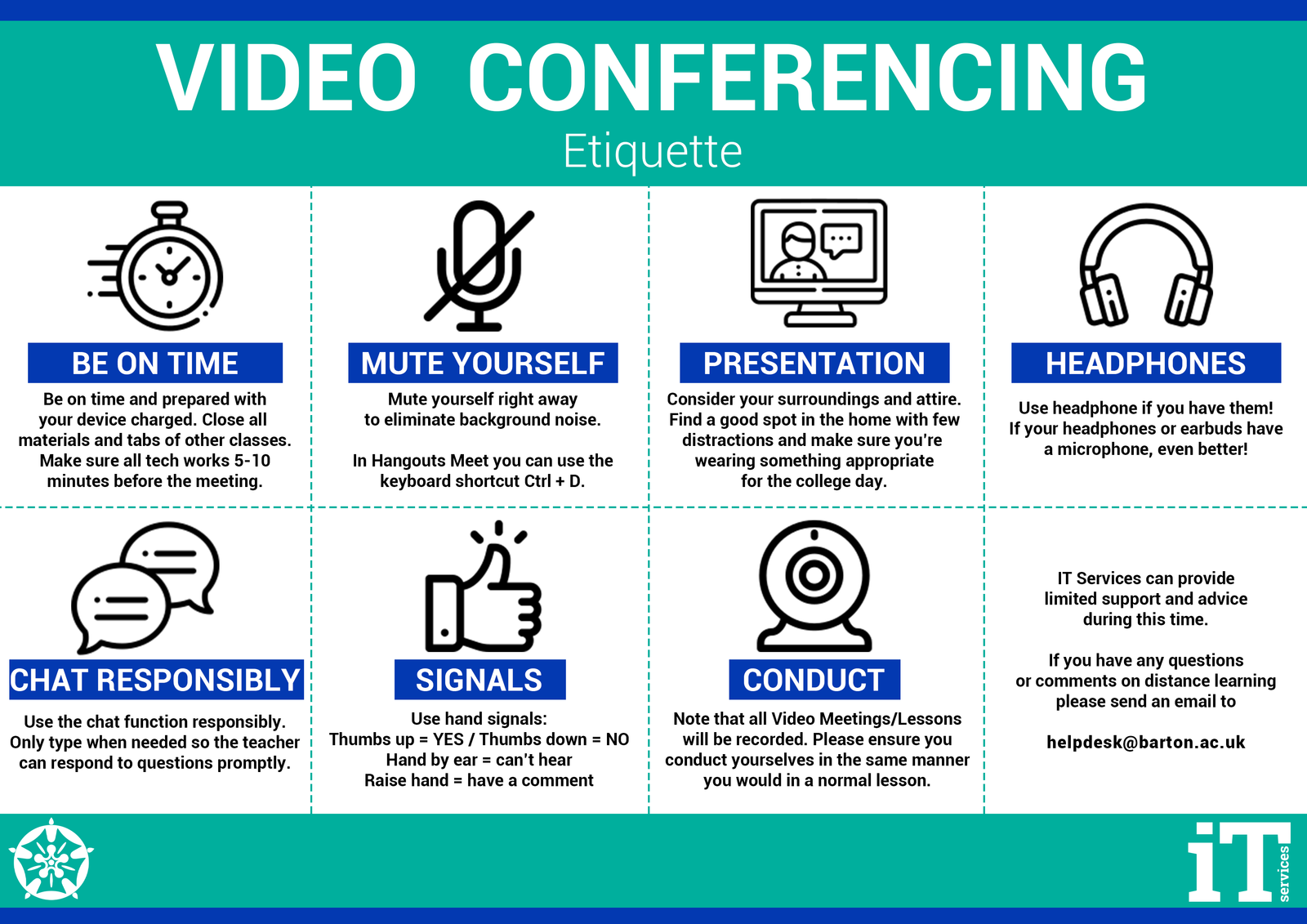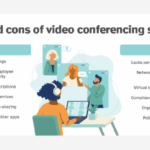Mastering Video Conferencing Etiquette for Professional Meetings
In the modern work environment, video conferencing has become an integral part of professional meetings. As more organizations embrace remote and hybrid work models, understanding and practicing good video conferencing etiquette is essential for ensuring productive and respectful interactions. This article provides key guidelines for mastering video conferencing etiquette to enhance the effectiveness and professionalism of your virtual meetings.

Prepare Your Technology and Environment
Before the meeting begins, ensure that your technology and environment are set up for a smooth and professional experience. Test your equipment, including your camera, microphone, and speakers, to confirm that they are working correctly. A stable internet connection is crucial for avoiding interruptions and maintaining clear audio and video quality.
Additionally, choose a quiet, well-lit space for the meeting. Ensure that your background is clean and professional, or use a virtual background if needed. A well-organized and distraction-free environment helps convey professionalism and minimizes potential interruptions during the meeting.
Dress Appropriately and Maintain Professionalism
Even though video conferencing occurs in a virtual space, it’s important to dress professionally, as you would for an in-person meeting. Choose attire that reflects your role and the nature of the meeting. Dressing appropriately helps create a professional impression and reinforces the importance of the meeting.
Maintain professionalism throughout the meeting by being punctual, staying focused, and participating actively. Avoid multitasking or engaging in activities unrelated to the meeting, as this can detract from your engagement and affect the overall productivity of the session.
Mute When Not Speaking
Background noise can be a significant distraction during video conferences. To minimize disruptions, keep your microphone muted when you are not speaking. This simple practice helps ensure that background noise from other participants does not interfere with the meeting. Remember to unmute yourself when you need to contribute to the discussion.
If you need to speak, use clear and concise language. Speak at a moderate pace and ensure that your points are articulated well. This clarity helps avoid misunderstandings and facilitates effective communication.
Engage and Listen Actively
Active participation is key to a successful video conference. Engage with the discussion by actively listening to other participants, responding thoughtfully, and asking relevant questions. Make eye contact by looking at the camera rather than the screen, as this helps create a sense of connection with your audience.
Avoid interrupting others while they are speaking. Wait for your turn to contribute, and use features like the “raise hand” function or chat to signal that you have something to add. Respecting others’ speaking time ensures a smooth flow of conversation and demonstrates good etiquette.
Be Mindful of Body Language
Non-verbal communication plays a significant role in video conferencing. Be aware of your body language, as it can convey messages beyond your words. Sit up straight and maintain a positive demeanor to project confidence and engagement.
Avoid distracting behaviors, such as fidgeting or looking away from the camera, which can create a sense of disconnection. Instead, use gestures and facial expressions to reinforce your points and show your attentiveness. This attentiveness helps build rapport and fosters a more engaging and productive meeting environment.
Manage Meeting Interruptions
Unplanned interruptions can disrupt the flow of a video conference. To manage potential interruptions, inform those around you of your meeting schedule and request that they minimize disruptions during this time. If an interruption does occur, handle it calmly and professionally. Address the issue quickly and return to the meeting as soon as possible.
If you need to step away briefly, inform the meeting participants in advance and use the chat function or a quick message to communicate your absence. This consideration helps maintain the meeting’s continuity and demonstrates respect for others’ time.
Follow Up with Clear Action Items
After the meeting concludes, summarize the key points and action items discussed. Share meeting notes or a summary with all participants to ensure that everyone is aligned on the next steps and responsibilities. Clear follow-up helps reinforce the outcomes of the meeting and ensures that tasks are completed in a timely manner.
Encourage participants to provide feedback on the meeting’s effectiveness and any areas for improvement. This feedback can be valuable for refining your video conferencing etiquette and enhancing future meetings.
Conclusion
Mastering video conferencing etiquette is essential for conducting professional and productive virtual meetings. By preparing your technology and environment, dressing appropriately, engaging actively, and managing interruptions, you can create a respectful and effective meeting experience. Practicing these etiquette guidelines ensures that your video conferences are conducted with professionalism and clarity, leading to successful and meaningful interactions.



